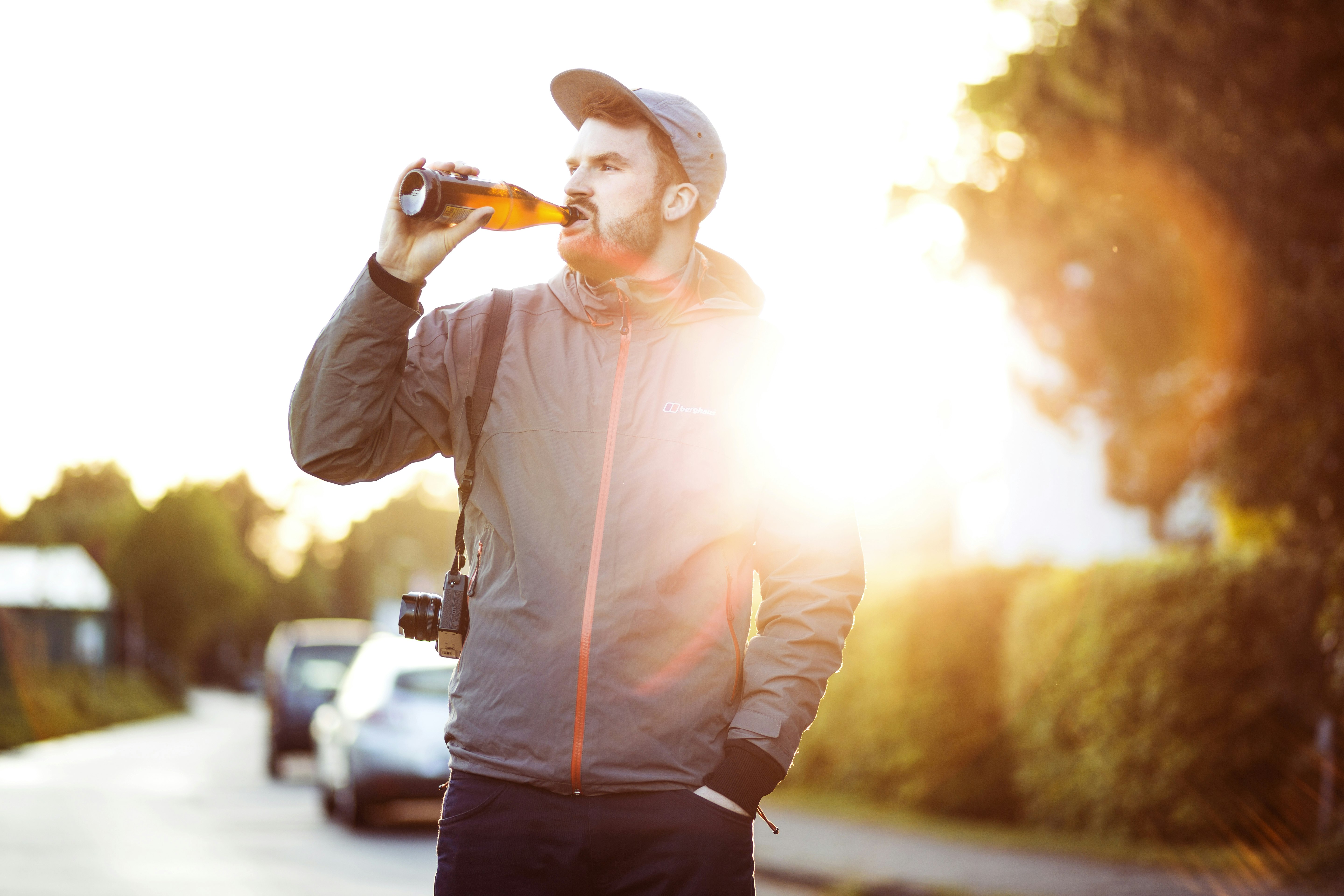
Industrial fishing is killing life in the oceans at an alarming rate, so much so that the loss of life undersea is contributing to climate change. In fact, one tiny thing many people can do to fight climate change is to simply cut fish out of their diet. One company, New Wave Foods, in California is hoping to help people cut out shrimp from their diet by having them eat “shrimp”.
The “shrimp” they are making is actually plant-based so it can be grown even on land. Using red algae to make simulated shrimp is good for the environment and good for the shrimp under the sea.
M: How do you make shrimp from plants?
D: We use all plant-based ingredients to mimic the taste, texture, color, and nutritional profile of shrimp. We use soy for protein and red algae for flavor. Red algae are what shrimp eat in the wild, so they contribute to the flavor profile. We’re creating food out of food and using science to bring ingredients together.
M: How close are you to a finished product and wide distribution?
D: We are really close to a final product, and we’re collaborating with a number of food experts. We’ve created the perfect shrimp in the lab, but now we have to scale it for greater production. We are going to market first with popcorn shrimp. It’s pretty perfect, and popcorn shrimp is about one-third of the shrimp market. It looks really familiar to people. Our goal is to launch this product in six to 12 months. We’ll do a soft launch in California first. We’re also working on a cocktail shrimp.



